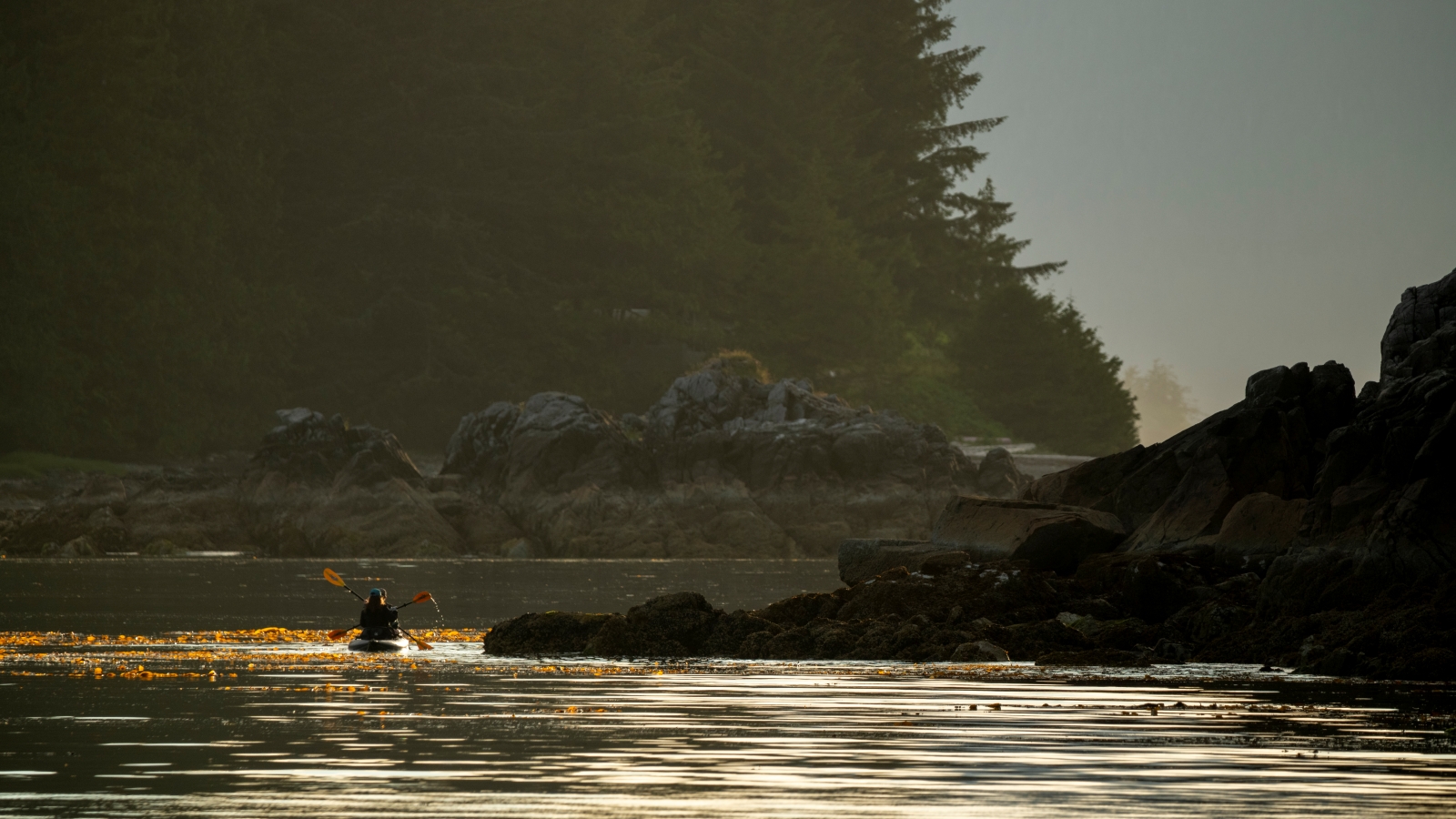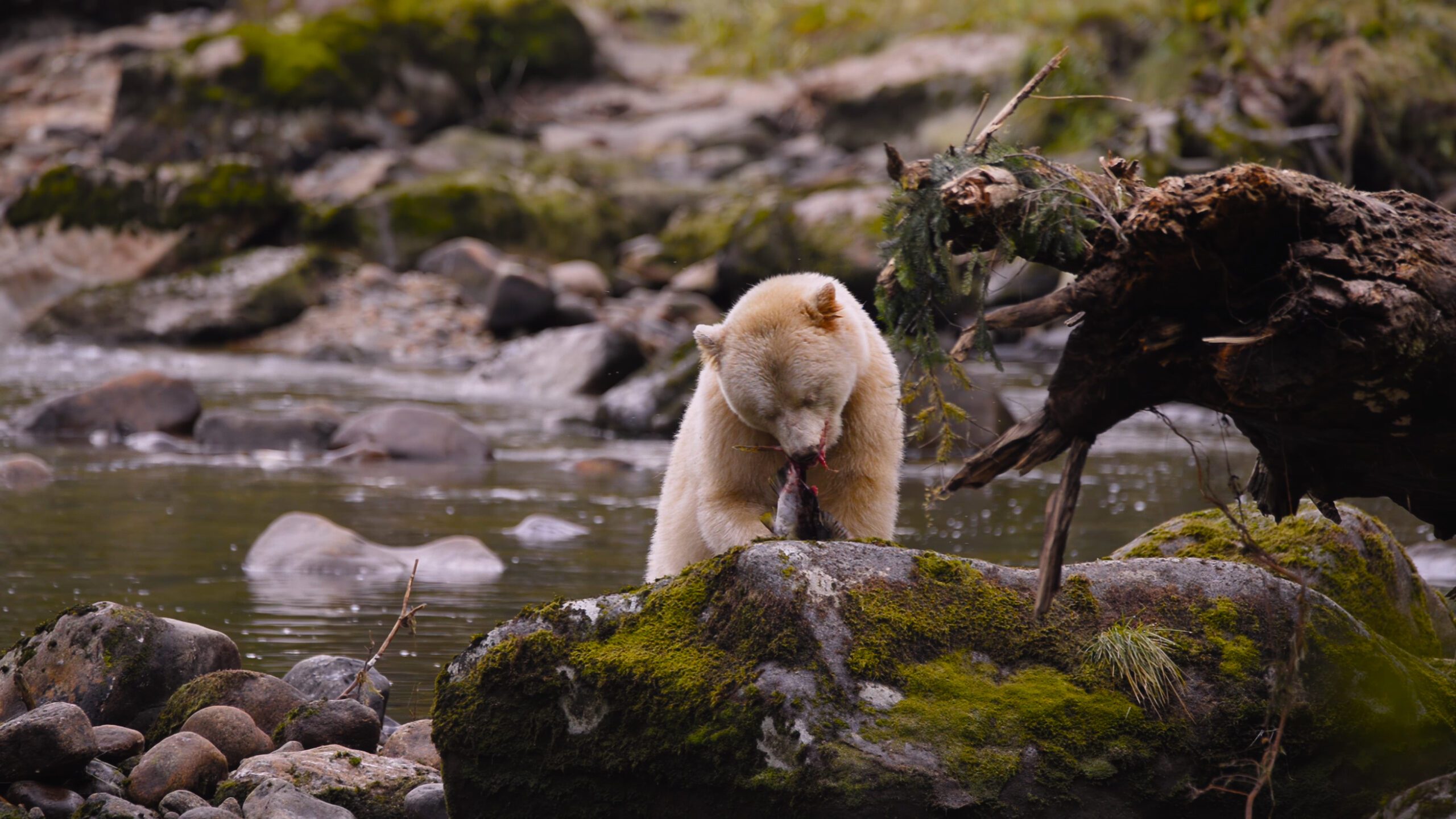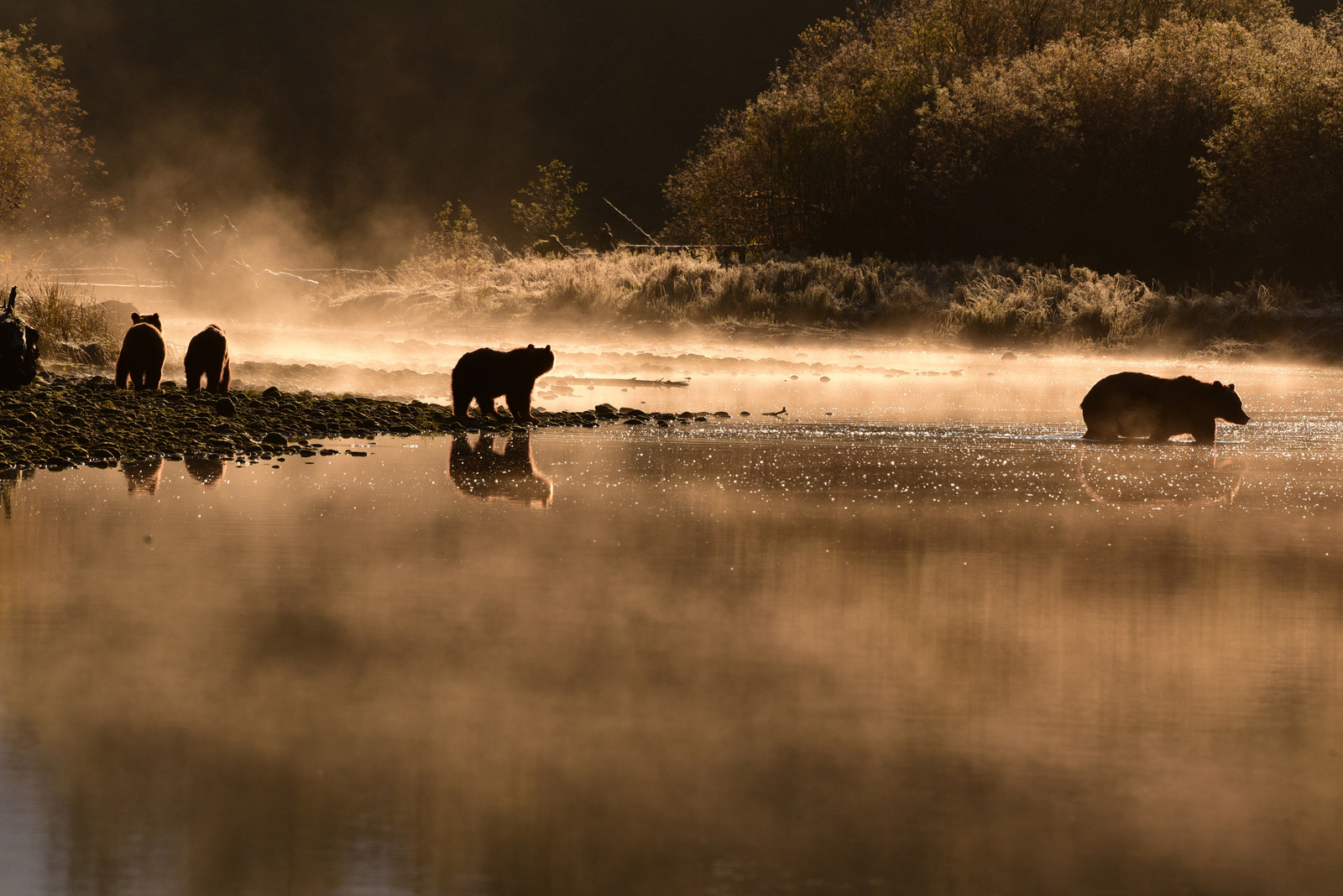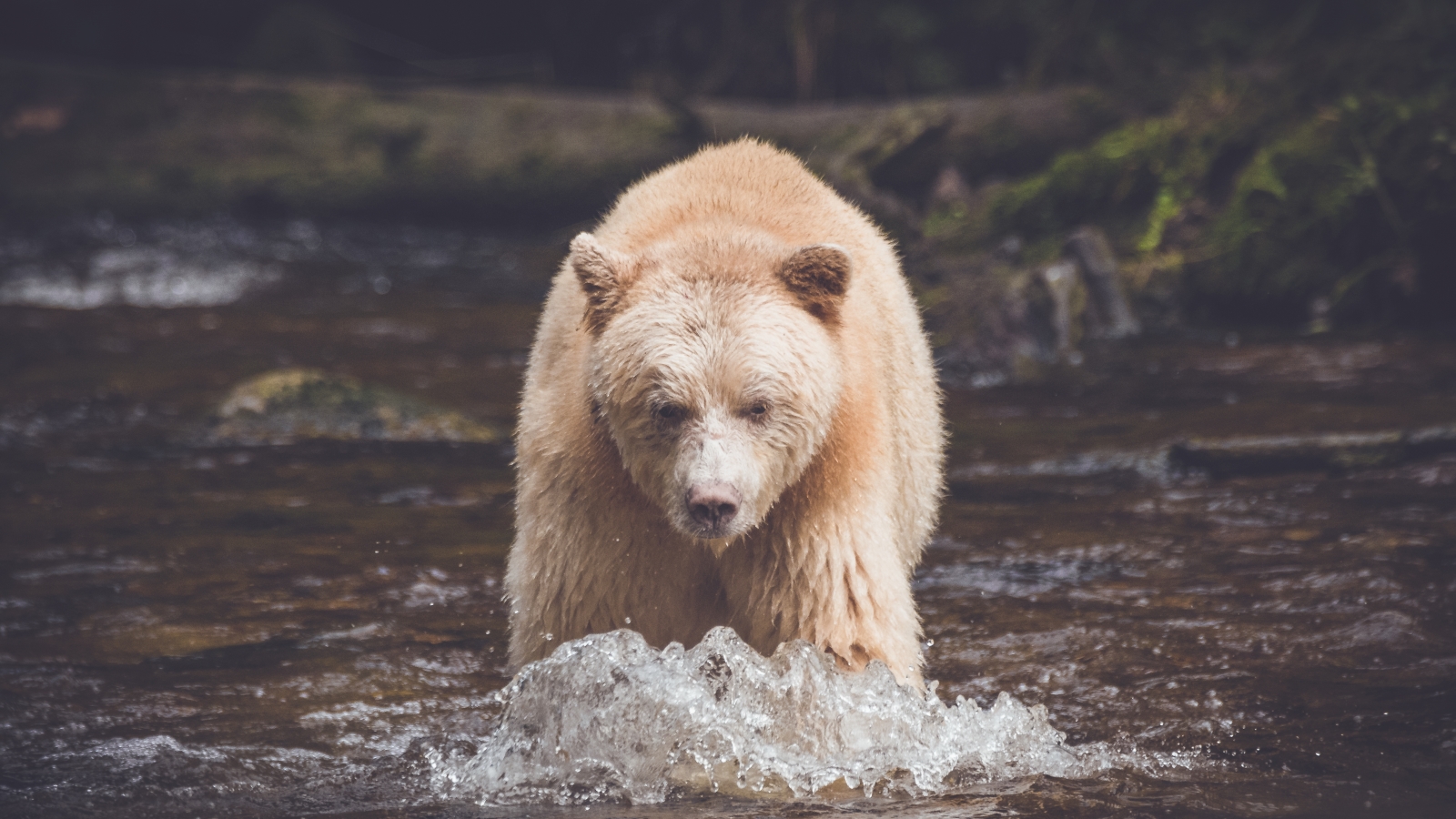
Spirit Bears
Biologically and culturally significant, the spirit bear is a rare “colour phase” of black bear, considered to be the rarest bear in the world. To the Gitga’at First Nation they are known as Moksgm’ol, or the Ghost Bear.
A double recessive gene within a select population of coastal black bears causes the spirit bear’s coat of fur to be creamy white. This gene is found within a small sub-population of black bears on the North Coast of British Columbia and inland to Hazelton and the Nass Valley, the highest percentage of which are on very remote islands within the Great Bear Rainforest.
They are not albinos, and they are not polar bears. The percentage of bears in an island’s population that are white ranges from 5% on some to 30% on one island. Recent studies suggest that such a high concentration of spirit bears evolved here because they have an advantage fishing for salmon during the day. The sky is light and thus the looming figure of a black bear would stand out far more than that of a light-coloured bear.
How Spirit Bears Live
Weighing only half a pound at birth, these cubs can grow to become 300 lb adult bears and will live up to 25 years. They occupy a habitat of coastal Sitka spruce, red cedar, and western hemlock, and rely heavily on healthy salmon streams. They typically avoid large estuaries where there may be the threat of grizzlies, who are larger and more dominant. Spirit bears utilize the smaller salmon streams, often found on islands, to feed heavily during the fall months before winter hibernation.
Critical to the success of both the salmon spawn and the spirit bears salmon feast are the rains that come at the end of summer and into the fall. This rain falls to the forest floor and replenishes diminished stream beds dried up from the summer heat. Once the streams have had a chance to be replenished with water salmon are able to reach upstream into the forest where the spirit bear awaits. Knowledge of this event and timing allows us incredible opportunities to view the spirit bear as it feeds on the returning runs.

When Is The Best Time To See A Spirit Bear?
Spirit bears live in the Great Bear Rainforest year-round. The best time for the opportunity to view a spirit bear is after the rains have come in autumn.
Our Spirit Bear Viewing Experiences
Experience the magic of spirit bears in their natural habitat with a company committed to the safety and wellbeing of guests, as well as the bears themselves.
The Land Of The Spirit Bear
Throughout our tours in the Great Bear Rainforest, we are able to witness amazing wildlife events and witness the crucial ecological role bears play within the temperate rainforest.
Witness Fascinating Behaviours
From fishing and foraging to social interactions and maternal care, expeditions offer a chance to see it all.
Travel With Safety
On each bear cruise, a knowledgeable crew will lead by foot into salmon-filled creeks, where you can safely view these calm bears as a group.
Learn From Indigenous Guides
We are joined by a Gitga’at bear guide, who has spent their life guiding on the island frequented by spirit bears, and know the individual bears very well.
Our Connections
Special permits and local connections allow us to provide guests with unparalleled spirit bear viewing opportunities.
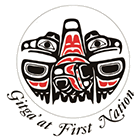






Spirit Bear Tours With Maple Leaf Adventures
Maple Leaf Adventures has been conducting expeditions in the Great Bear Rainforest since the beginning of the 1990s. Our experience and knowledge of the region helps us to find these elusive bears for our guests to see and learn about, in an environmentally responsible manner.
The welfare of the bears is our primary directive. We also support the local economy of bear viewing and work with local community guides, who provide a deep cultural connection to the bears.
Destinations
Discover the best tours with a chance to see a Spirit Bear.
-
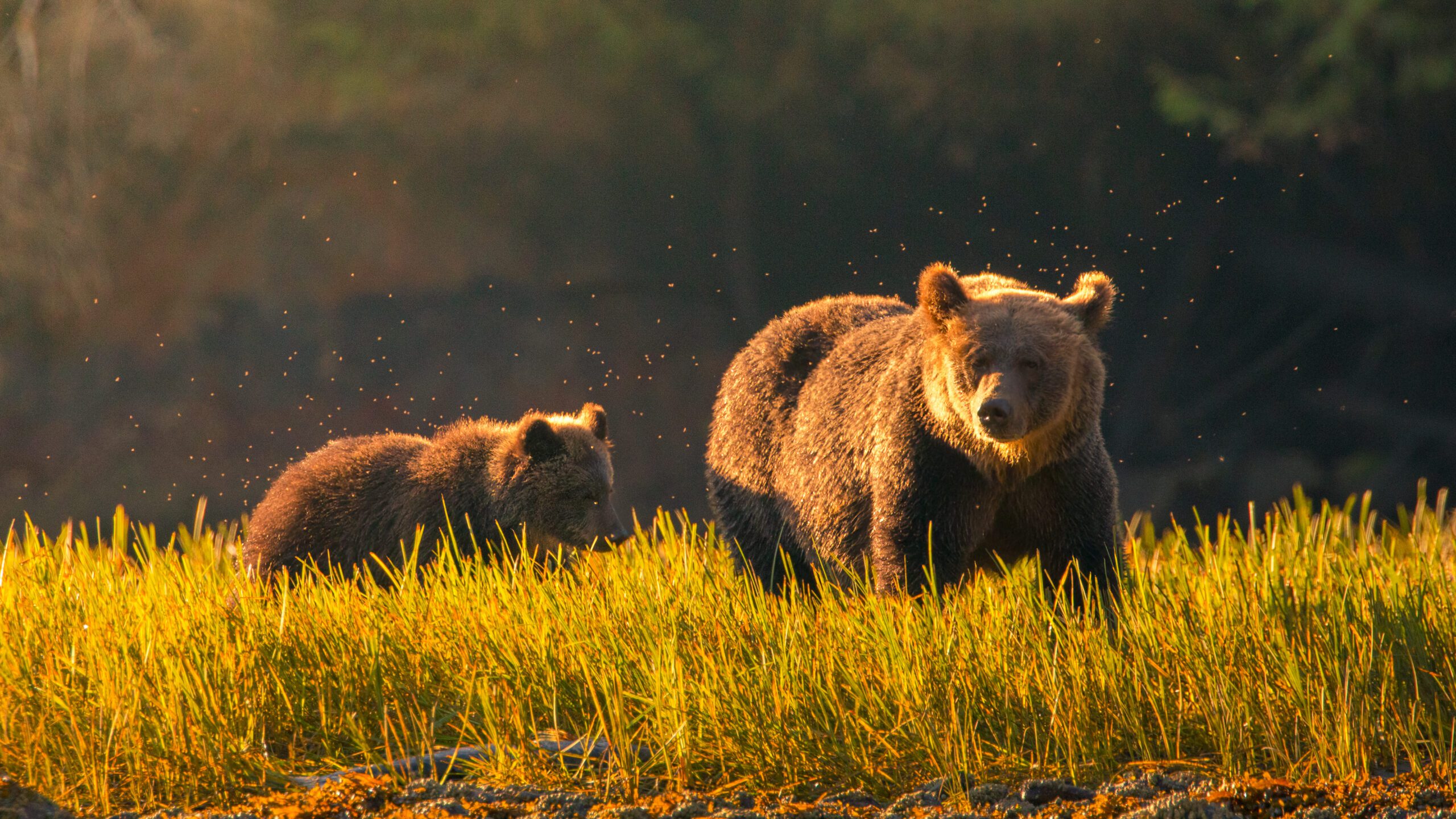
Great Bear Rainforest
View ItineraryFollow magnificent runs of wild salmon to the home of black, grizzly, and the elusive white-furred spirit bear.
Related Stories
Shedding light on this elusive icon of British Columbia’s coastal rainforests.
